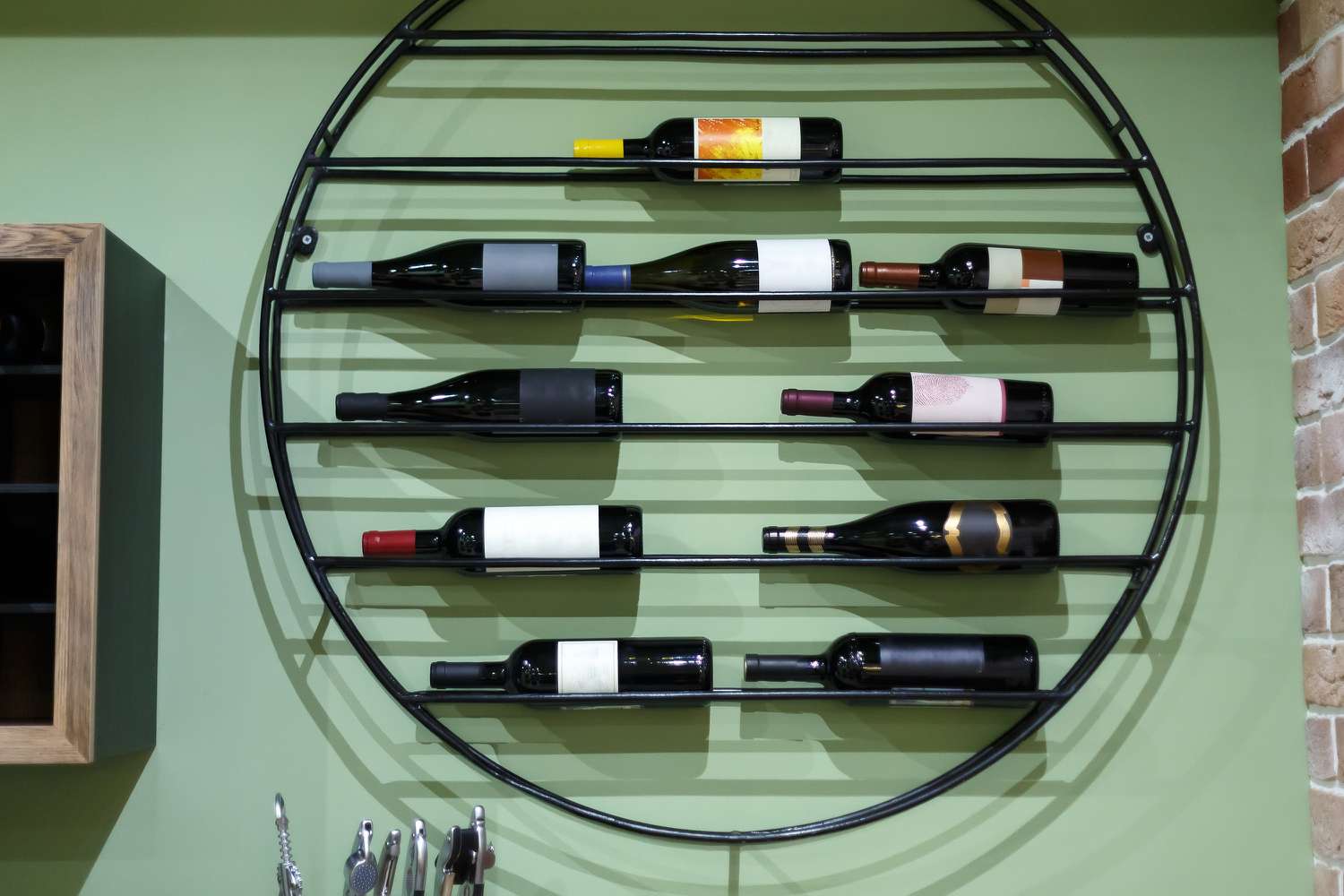

Articles
How To Store Wine At Home
Modified: January 18, 2024
Learn how to properly store wine at home with these informative articles. Discover the best practices and tips for maintaining the quality and flavor of your favorite wines.
(Many of the links in this article redirect to a specific reviewed product. Your purchase of these products through affiliate links helps to generate commission for Storables.com, at no extra cost. Learn more)
Introduction
When it comes to wine, proper storage is crucial for preserving its quality and allowing it to age gracefully. Whether you’re a casual wine enthusiast or a serious collector, ensuring your wine is stored correctly at home is essential. In this article, we will explore the key factors to consider for wine storage, including temperature and humidity, storage position, types of wine storage, choosing the right storage solution, organizing and labeling your collection, protecting wine from light and vibrations, monitoring storage conditions, handling emergencies, and tips for long-term storage. So let’s uncork the secrets to successful wine storage!
Key Takeaways:
- Proper wine storage involves maintaining consistent temperature and humidity, storing bottles horizontally, choosing the right storage solution, and organizing and labeling your collection. These factors are crucial for preserving the quality and flavors of your wine.
- Monitoring storage conditions, protecting wine from light and vibrations, handling emergencies, and following long-term storage tips are essential for ensuring the longevity and enjoyment of your wine collection. Consistency and care in storage practices will enhance the overall wine appreciation experience.
Read more: How To Store Wine In Wine Fridge
Proper Temperature and Humidity
One of the most critical factors in wine storage is maintaining the proper temperature and humidity levels. Wine is a delicate beverage that can be easily affected by extreme temperatures and fluctuations. Ideally, wines should be stored at a consistent temperature between 45 and 65 degrees Fahrenheit (7 to 18 degrees Celsius).
Excessive heat can age wine prematurely, resulting in flat flavors and aromas. On the other hand, storing wine at temperatures below 45 degrees Fahrenheit (7 degrees Celsius) can slow down its aging process. It’s worth noting that temperature fluctuations should also be avoided as they can cause the wine to expand and contract, potentially damaging the cork and allowing air to seep into the bottle.
In addition to temperature, humidity levels play a crucial role in wine storage. The ideal humidity range for preserving wine is between 50% and 80%. Higher humidity levels help keep the corks moist, preventing them from drying out and allowing air to enter the bottle. Too low humidity can lead to corks becoming brittle and potentially leading to oxidation of the wine.
To maintain consistent temperature and humidity, it’s advisable to store wine in a dedicated wine cellar or wine refrigerator. These storage solutions are designed specifically for wine and provide the necessary insulation and climate control to keep your collection in optimal condition. However, if a wine cellar or refrigerator is not feasible, consider finding a cool, dark area in your home with stable temperatures and humidity levels.
Wine Storage Position
The position in which you store your wine bottles can also impact their quality over time. The traditional and preferred position for long-term wine storage is horizontally, with the bottle lying on its side. This position keeps the wine in contact with the cork, which helps to keep the cork moist and prevents it from drying out.
By storing wine horizontally, the wine’s internal pressure pushes the liquid against the cork, creating a seal that minimizes oxygen exposure. This is crucial to prevent oxidation and ensure the wine remains fresh and flavorful. It’s particularly important for wines sealed with a natural cork, as synthetic corks and screw caps do not require the same level of moisture management.
However, it’s worth noting that not all wines need to be stored horizontally. Wines that have screw caps or synthetic corks can be stored upright without any negative impact on their quality. In fact, storing these wines upright can help preserve their freshness and prevent any potential leakage that may occur with horizontal storage.
Furthermore, if you plan to consume a bottle of wine relatively soon after purchasing it, storing it upright can help settle any sediment that may have formed during aging. This makes it easier to pour the wine without disturbing the sediment, ensuring a clear and enjoyable drinking experience.
Ultimately, the storage position you choose should depend on the type of wine and the type of closure it has. Whether horizontal or upright, it’s crucial to ensure the bottles are stable and secure, minimizing the risk of them rolling or falling.
Types of Wine Storage
There are various options available for storing wine at home, each with its own advantages and considerations. The type of storage you choose will depend on factors such as the size of your collection, available space, budget, and personal preferences.
1. Wine Cellar: A dedicated wine cellar is the ultimate solution for serious wine collectors. It provides optimal control over temperature, humidity, and light conditions, offering the ideal environment for long-term wine storage. Wine cellars can be custom-built or pre-designed, offering storage for a large number of bottles. They can be located in a basement, garage, or even designed as a standalone room in your home.
2. Wine Refrigerator: Also known as a wine cooler or wine fridge, a wine refrigerator is a popular choice for wine enthusiasts with a smaller collection. These appliances are specially designed to maintain a consistent temperature and humidity level, allowing you to store your bottles in a controlled environment. Wine refrigerators come in various sizes, accommodating anywhere from a dozen to hundreds of bottles.
3. Wine Rack: A wine rack is a versatile and cost-effective storage option for those with a small to medium-sized collection. Wine racks can be freestanding, wall-mounted, or built-in, and they come in a variety of materials, including wood, metal, and acrylic. Wine racks allow you to display your bottles while keeping them easily accessible. However, they may not provide the same level of temperature and humidity control as a dedicated wine cellar or refrigerator.
4. Wine Cabinet: A wine cabinet is a combination of a storage unit and a serving area. These cabinets often feature temperature control and humidity management, similar to wine refrigerators. They typically have various compartments for storing bottles, as well as shelves or drawers for wine accessories such as glasses and corkscrews. Wine cabinets are a stylish and functional option, suitable for both storage and entertaining.
5. Wine Storage Box: For those who only have a few bottles or plan to store wine temporarily, a wine storage box can be a simple and economical choice. These boxes are made from sturdy materials and have dividers to protect and separate the bottles. While they don’t offer the same level of insulation or long-term storage capabilities as other options, they can be great for short-term storage or transporting wine.
Consider your specific needs and the size of your collection when choosing the right type of wine storage. Remember, the key goal is to create a stable environment that protects your wine from temperature fluctuations, light exposure, and excessive humidity or dryness.
Choosing the Right Wine Storage Solution
When it comes to selecting the right wine storage solution for your collection, there are several factors to consider. Here are some important considerations to help guide your decision:
1. Capacity: Assess the size of your wine collection and determine how many bottles you need to store. This will help you determine the appropriate size and capacity of your wine storage solution. Consider not only your current collection but also any potential expansion in the future.
2. Temperature Control: Look for storage options that provide temperature control features. Maintain a consistent temperature within the recommended range of 45 to 65 degrees Fahrenheit (7 to 18 degrees Celsius) to ensure the best conditions for your wine. Check the temperature range and the precision of the control offered by the storage solution.
3. Humidity Control: Choose a storage solution that can monitor and control humidity levels within the optimal range of 50% to 80%. This will help prevent the corks from drying out or becoming too moist, protecting the quality of your wine. Look for options with built-in humidity controls or consider using additional humidifiers or dehumidifiers if necessary.
4. Insulation: Opt for storage solutions that offer proper insulation to minimize temperature fluctuations. Look for options with high-quality insulation materials that can keep the interior temperature stable, even in varying external conditions.
5. UV Protection: Protect your wine from harmful ultraviolet (UV) rays by choosing storage solutions that offer UV-resistant glass doors or solid materials that block out light. UV exposure can degrade the flavors and aromas of wine over time, so it’s important to shield your bottles from direct sunlight.
6. Ventilation: Ensure proper ventilation within your storage solution to allow air circulation and prevent any buildup of odors or mold. Look for options with ventilation systems that maintain a fresh environment for your wine collection.
7. Accessibility and Organization: Consider how easily you can access and organize your wine within the storage solution. Look for options that provide convenient shelving or rack systems, allowing you to locate and retrieve specific bottles without major rearrangement. Consider whether you prefer horizontal storage for long-term aging or upright storage for easier access.
8. Budget: Finally, determine your budget and explore storage solutions that align with your financial considerations. Remember that investing in proper wine storage is an investment in preserving and enjoying the quality of your collection over time.
By carefully considering these factors, you can find the perfect wine storage solution that meets the specific needs of your collection, ensuring your wine is stored in an ideal environment for aging and retaining its flavors and aromas.
Read more: How To Store Wine Without A Wine Fridge
Organizing and Labeling Your Wine
Organizing and labeling your wine collection is essential for easy access, inventory management, and tracking the aging process of your bottles. Here are some tips for effectively organizing and labeling your wine:
1. Categorize by Type or Region: Consider organizing your wine collection by type (red, white, rose) or by region (such as Bordeaux, Burgundy, or California). This helps you locate specific bottles more easily and provides a sense of order to your collection.
2. Use Wine Racks or Shelving: Invest in wine racks or shelving systems that allow you to store your bottles securely while keeping them easily visible and accessible. You can group and arrange your wines by category or preference within these storage solutions.
3. Label with Important Information: Attach labels to your wine bottles that include vital information, such as the name of the wine, the vintage, the producer, the region, and any personal tasting notes. This makes it easier to identify specific bottles and remember their details when selecting what to drink.
4. Consider Digital Inventory: Utilize wine cellar management apps or specialized software to create a digital inventory of your wine collection. These tools allow you to track and manage your wines, keep tasting notes, and even offer suggestions on which bottles to drink next based on their optimal aging period.
5. Create a Wine Catalog: If you have a larger collection, consider creating a physical or digital wine catalog. This comprehensive list can include detailed information about each bottle, such as its location in your storage, its current value, and any historical significance it may have.
6. Group by Drinking Window: Another effective way to organize your wines is by their drinking window or recommended aging period. This allows you to easily identify which bottles should be consumed soon and which should continue to mature.
7. Consider a Wine Database: For those with extensive collections, consider utilizing wine database software that allows you to track and manage your wines using a barcode system or QR codes. These databases can provide valuable information about each wine and make it easier to locate specific bottles.
Remember to regularly update and maintain your wine organization and labeling system as you add new bottles and consume existing ones. It’s also essential to periodically review your collection for any damaged or potentially spoiled bottles that need to be removed.
By implementing these organizational and labeling strategies, you can ensure that your wine collection is well-organized, easy to navigate, and properly tracked, enhancing your overall enjoyment of your wines.
Store wine in a cool, dark place with a consistent temperature, ideally between 45-65°F. Keep the bottles on their side to keep the cork moist and prevent oxidation. Avoid storing wine in the kitchen or near appliances that generate heat.
Protecting Wine from Light and Vibrations
Properly protecting wine from light and vibrations is crucial to maintaining its quality and ensuring optimal aging. Here are some measures you can take to safeguard your wine:
1. Light Protection: Exposure to light, especially ultraviolet (UV) rays, can be detrimental to the quality of wine. UV rays can interact with compounds in the wine, resulting in the degradation of flavors and premature aging. To protect your wine, store it in a dark or dimly lit area away from direct sunlight. Consider using opaque or tinted glass doors or curtains to shield the bottles from UV exposure.
2. Vibrations and Movement: Excessive vibrations or movement can disrupt the sediment in wine and impact its flavor. To minimize vibrations, avoid storing wine near appliances such as refrigerators, washing machines, or speakers. Additionally, refrain from moving wine bottles unnecessarily or disturbing them while they are aging.
3. Wine Racks and Shelving: Invest in stable and sturdy wine racks or shelving systems that can absorb and dampen vibrations. Opt for racks made of materials like wood or acrylic, which can help minimize vibrations. Ensure that the storage solution is secure and not prone to shaking or wobbling, as this can disturb the sediments within the wine and affect its taste.
4. Vertical Storage for Unsettled Wines: For wines that have recently been transported or have been recently purchased and still have unsettled sediments, store them in an upright position for a few days or weeks. This allows the sediments to settle at the bottom of the bottle, making it easier to decant the wine later without disturbing the sediments during pouring.
5. Avoid Temperature Fluctuations: Temperature fluctuations can cause wine to expand and contract, potentially damaging the cork and leading to oxidation. To minimize this risk, store your wine in a location with minimal temperature fluctuations. Avoid storing wine bottles in areas that experience extreme temperature changes, such as near heating vents or windows.
6. Handle Bottles with Care: When handling wine bottles, be gentle and avoid any sudden or aggressive movements that could disturb the wine inside. Be cautious when transporting bottles and use protective packaging if necessary.
By implementing these measures, you can protect your wine from light and vibrations, ensuring that it ages properly and maintains its desired flavor profiles. Remember, a calm and undisturbed environment is key to preserving the quality of your wine collection.
Monitoring Wine Storage Conditions
Monitoring the storage conditions of your wine is essential to ensure that it ages gracefully and maintains its quality over time. Here are some key aspects to consider when monitoring your wine storage:
1. Temperature: Regularly check and monitor the temperature within your wine storage area. Use a reliable thermometer to ensure that the temperature remains within the recommended range of 45 to 65 degrees Fahrenheit (7 to 18 degrees Celsius). Record any significant fluctuations and take necessary measures to stabilize the temperature if needed.
2. Humidity: Measure the humidity levels in your wine storage space using a hygrometer. Ideally, the humidity should be maintained between 50% and 80%. If the humidity is too low, consider using a humidifier to add moisture to the air. Conversely, if the humidity is too high, use a dehumidifier or desiccant packets to absorb excess moisture.
3. Light Exposure: Regularly inspect your wine storage area for any sources of light exposure. Ensure that your wine bottles, especially those with clear or light-colored glass, are protected from direct sunlight or artificial light sources that emit UV rays. Consider using light-blocking curtains, UV-resistant glass doors, or opaque wine racks to minimize light exposure.
4. Cork Integrity: Check the condition of the corks on your wine bottles regularly. Inspect them for any signs of damage, such as crumbling, leakage, or mold. Damaged corks can lead to oxidation and spoilage, so it’s important to address any issues immediately. Consider investing in a wine preservation system that uses inert gas to protect the wine and preserve the integrity of the cork.
5. Wine Bottle Position: Periodically check the position of your wine bottles to ensure they remain in the desired horizontal or upright position. If any bottles have shifted or become tilted, reposition them to maintain proper contact between the wine and the closure. This helps to prevent the corks from drying out or becoming compromised.
6. Wine Inventory: Maintain an inventory of your wine collection, including details such as the type of wine, vintage, producer, and quantity. Regularly update the inventory as you add or remove bottles from your collection. This will help you keep track of your wines and identify any discrepancies or missing bottles.
7. Wine Tastings: Schedule periodic tastings to assess the overall quality and condition of your wines. This allows you to monitor their aging progress, identify any bottles that may have reached their peak or are past their prime, and make informed decisions about when to consume or cellar specific wines.
By actively monitoring the storage conditions of your wine, you can ensure that it is aging in the best possible environment. Regular checks and adjustments will help safeguard the quality of your collection and allow you to enjoy your wines at their finest.
Handling Wine Storage Emergencies
While we hope that your wine storage experience is smooth and trouble-free, emergencies can sometimes arise. Here are some common wine storage emergencies and how to handle them:
1. Power Outage: In the event of a power outage, the first step is to avoid opening the wine storage unit unnecessarily to prevent temperature fluctuations. If the outage is expected to last for an extended period, consider transferring your wines to a cooler storage location temporarily, such as a basement or a cool closet. Monitor the temperature closely and transfer the wines back to their original storage when power is restored.
2. Temperature Spike or Drop: If there is a sudden temperature spike or drop in your wine storage area, it’s important to stabilize the temperature as soon as possible. Adjust the thermostat or move the wines to a more suitable environment if necessary. Avoid exposing the bottles to extreme temperatures, as this can impact the quality of the wine.
3. Corked or Oxidized Wine: Discovering a corked or oxidized bottle can be disappointing, but it’s essential to handle it properly. Separate the affected bottle from the rest of your collection to prevent any contamination. If the wine is still drinkable, you can try decanting it to improve its taste. If not, dispose of the bottle responsibly.
4. Broken Bottles: Accidents happen, and if a bottle breaks in your wine storage area, take immediate action to prevent further damage. Safely remove any broken glass to avoid injury, and carefully clean the area to avoid any residue or liquid from affecting other bottles.
5. Mold or Mildew: If you notice mold or mildew growth in your wine storage area, it’s crucial to address it promptly. Remove any affected bottles and thoroughly clean the area using a solution of water and mild detergent. Ensure that the storage area is well-ventilated and consider using mold inhibitors or absorbents to prevent future growth.
6. Leakage: If you discover a leaking bottle, handle it with care to minimize damage to other bottles. Remove the leaking bottle from the storage area and inspect the surrounding bottles for any signs of contamination. Safely clean and dry the affected area and assess the extent of the damage to the bottles nearby. It’s important to address the cause of the leakage, such as a faulty cork or seal, to prevent future incidents.
7. Pest Infestation: If you encounter pests, such as rodents or insects, in your wine storage area, take immediate action to eliminate them. Remove any affected bottles and inspect the area for signs of infestation. Clean and sanitize the storage area thoroughly, closing off any entry points to prevent further intrusions. If necessary, seek professional pest control assistance.
Remember, in the case of emergencies, it’s crucial to take proactive steps to minimize damage and protect the integrity of your wine collection. Act swiftly and seek professional advice if needed to ensure the safety and quality of your wines.
Read more: How To Store Wine
Tips for Long-Term Wine Storage
Long-term wine storage is essential for wines that benefit from aging and improving over time. Here are some tips to ensure the longevity and quality of your wines during extended storage:
1. Optimal Conditions: Maintain a consistent temperature between 45 and 65 degrees Fahrenheit (7 to 18 degrees Celsius) to prevent premature aging or spoilage. Keep the storage area dark, as exposure to light can degrade the flavors and aromas of the wine. Control humidity levels between 50% and 80% to prevent cork drying or mold growth.
2. Stable Environment: Avoid significant temperature fluctuations and vibrations, as they can negatively affect the quality of the wine. Choose a storage location away from appliances, heating vents, or areas with high foot traffic to minimize disturbances.
3. Horizontal Storage: Store wine bottles horizontally, especially those sealed with natural cork. This position keeps the cork moist and prevents it from drying out, maintaining a proper seal. For bottles with alternative closures, such as screw caps or synthetic corks, either horizontal or upright storage is acceptable.
4. Proper Handling: Handle wine bottles with care to avoid unnecessary agitation. Move bottles gently and avoid exposing them to rapid temperature changes during transportation. This will help preserve the integrity of the wine and prevent any sediment disruption.
5. Regular Monitoring: Regularly check the temperature, humidity, and general conditions of your storage area. Use a thermometer, hygrometer, and visual inspection to ensure the environment remains ideal for long-term wine storage. Maintain records to track any changes and address any issues promptly.
6. Rotation and Accessibility: If you have a large collection, establish a system to rotate and access the bottles easily. Consider organizing them based on aging potential or desired drinking dates. Avoid disturbing bottles unnecessarily and restore them to their original position after examination or removal.
7. Consider Cellar Management Software: Utilize cellar management software or smartphone apps to track and manage your wine collection. These tools can help you record details of each bottle, set drinking windows, and receive alerts for optimal consumption periods based on expert recommendations.
8. Wine Insurance: If you have a valuable wine collection, consider getting specialized wine insurance to protect your investment. This coverage can provide financial protection in case of theft, damage, or loss due to unforeseen circumstances.
9. Proper Inventory Management: Maintain a detailed inventory of your wine collection, including information about each bottle such as vintage, producer, region, and quantity. Update the inventory regularly to keep track of your collection and make informed decisions about when to consume or age specific wines.
10. Regular Wine Tastings: Schedule periodic tastings to assess the progress and development of your wines. This allows you to monitor their aging process, note any changes in flavor profiles, and determine the optimal drinking windows for different bottles.
By following these tips, you can ensure that your wines are stored optimally for long-term aging. This will enhance their flavors, aromas, and overall enjoyment when the time comes to uncork and savor these special bottles.
Conclusion
Proper wine storage is essential for preserving the quality, flavors, and aromas of your favorite bottles. By following the guidelines and tips in this article, you can ensure that your wine is stored in the optimal conditions for both short-term and long-term aging.
From maintaining the right temperature and humidity to considering the position of your wine bottles, choosing the appropriate storage solution, and organizing and labeling your collection, every aspect of wine storage plays a crucial role in preserving its integrity.
Monitoring the storage conditions, handling emergencies that may arise, protecting wine from light and vibrations, and implementing proper long-term storage practices are all important steps in ensuring the longevity of your wines and the ultimate enjoyment of every bottle you open.
Remember, consistency is key when it comes to maintaining the perfect storage environment. Regularly monitor your wine storage conditions, make adjustments when necessary, and keep detailed records to track the progress and development of your collection.
By investing time and effort into proper wine storage, you can create a space that not only safeguards your wines but also enhances the overall experience of collecting, aging, and savoring them. So whether you’re a casual wine enthusiast or a dedicated collector, take the necessary steps to store your wine properly and embark on a journey of wine appreciation that will delight your senses for years to come.
Frequently Asked Questions about How To Store Wine At Home
Was this page helpful?
At Storables.com, we guarantee accurate and reliable information. Our content, validated by Expert Board Contributors, is crafted following stringent Editorial Policies. We're committed to providing you with well-researched, expert-backed insights for all your informational needs.
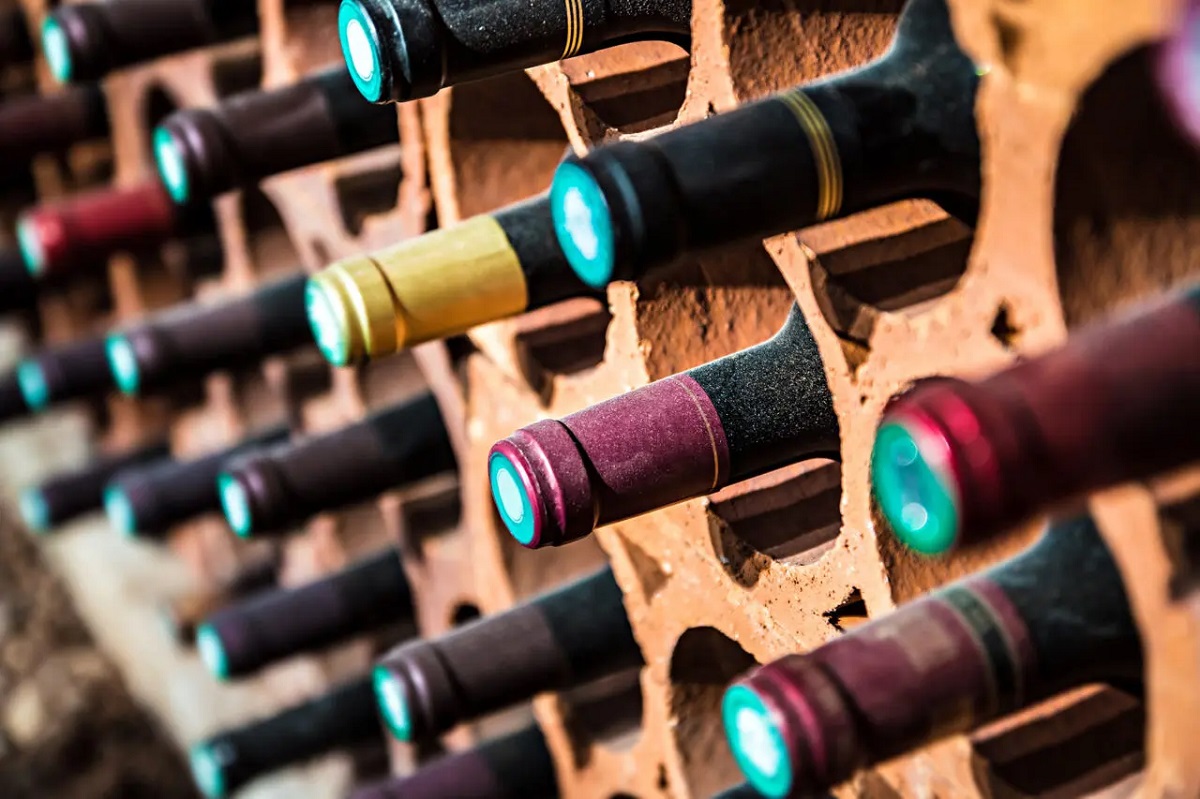
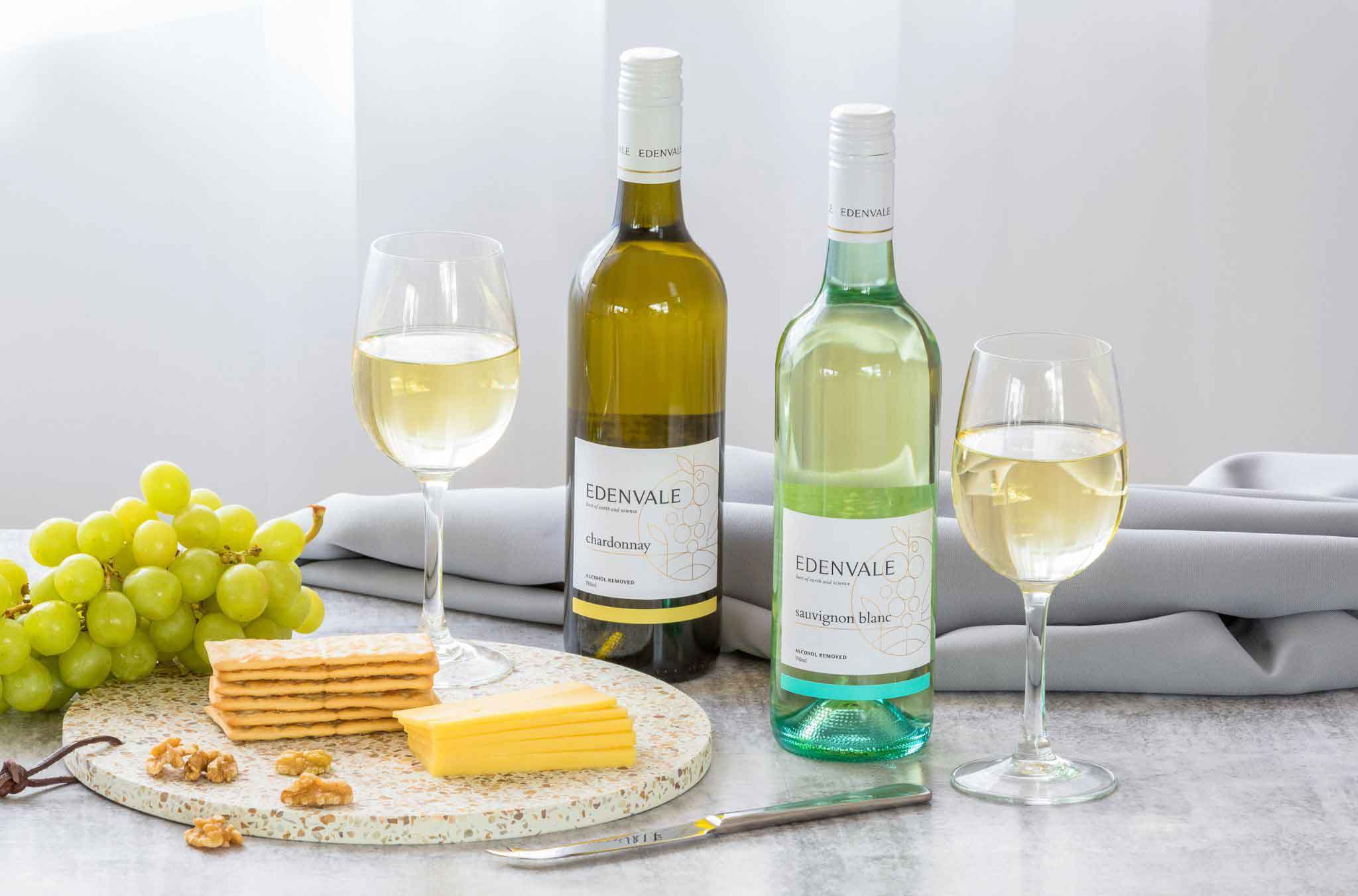
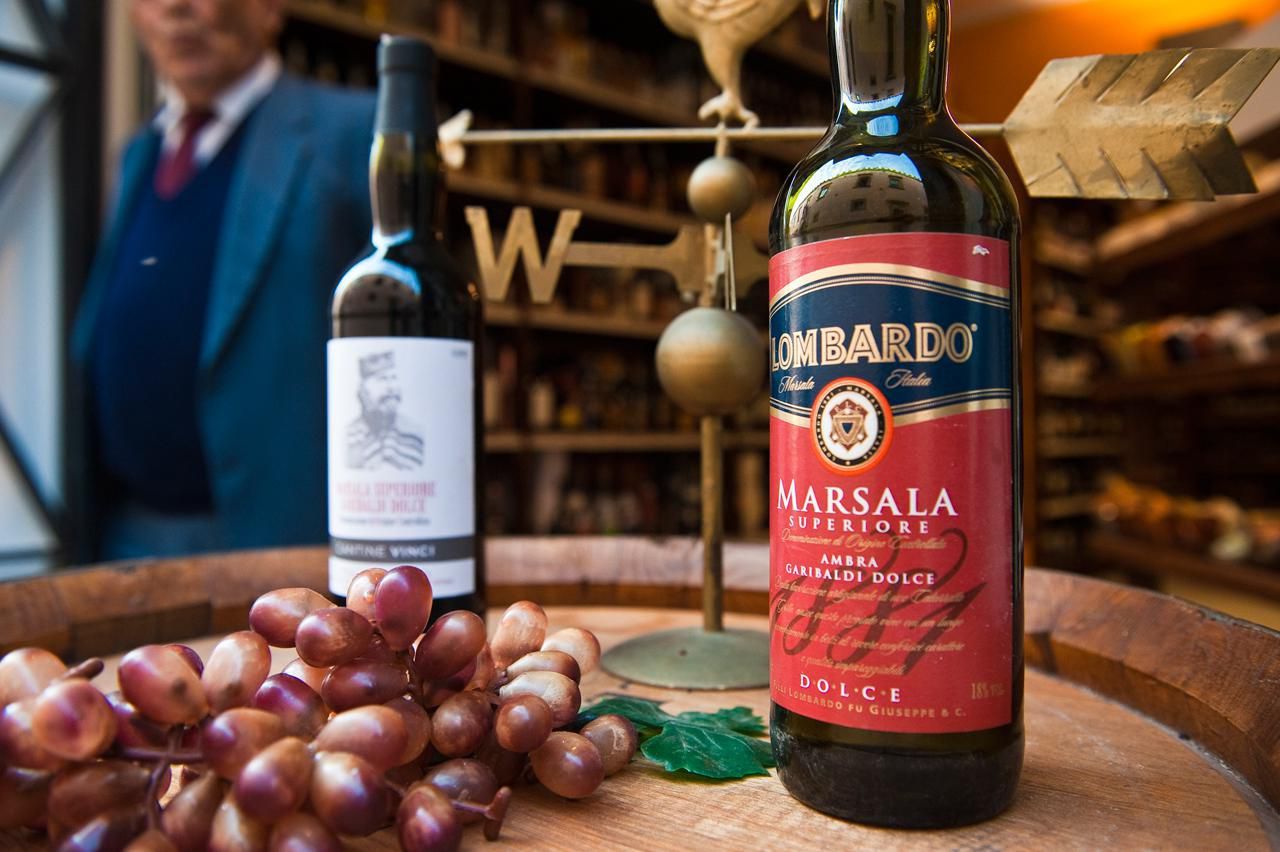
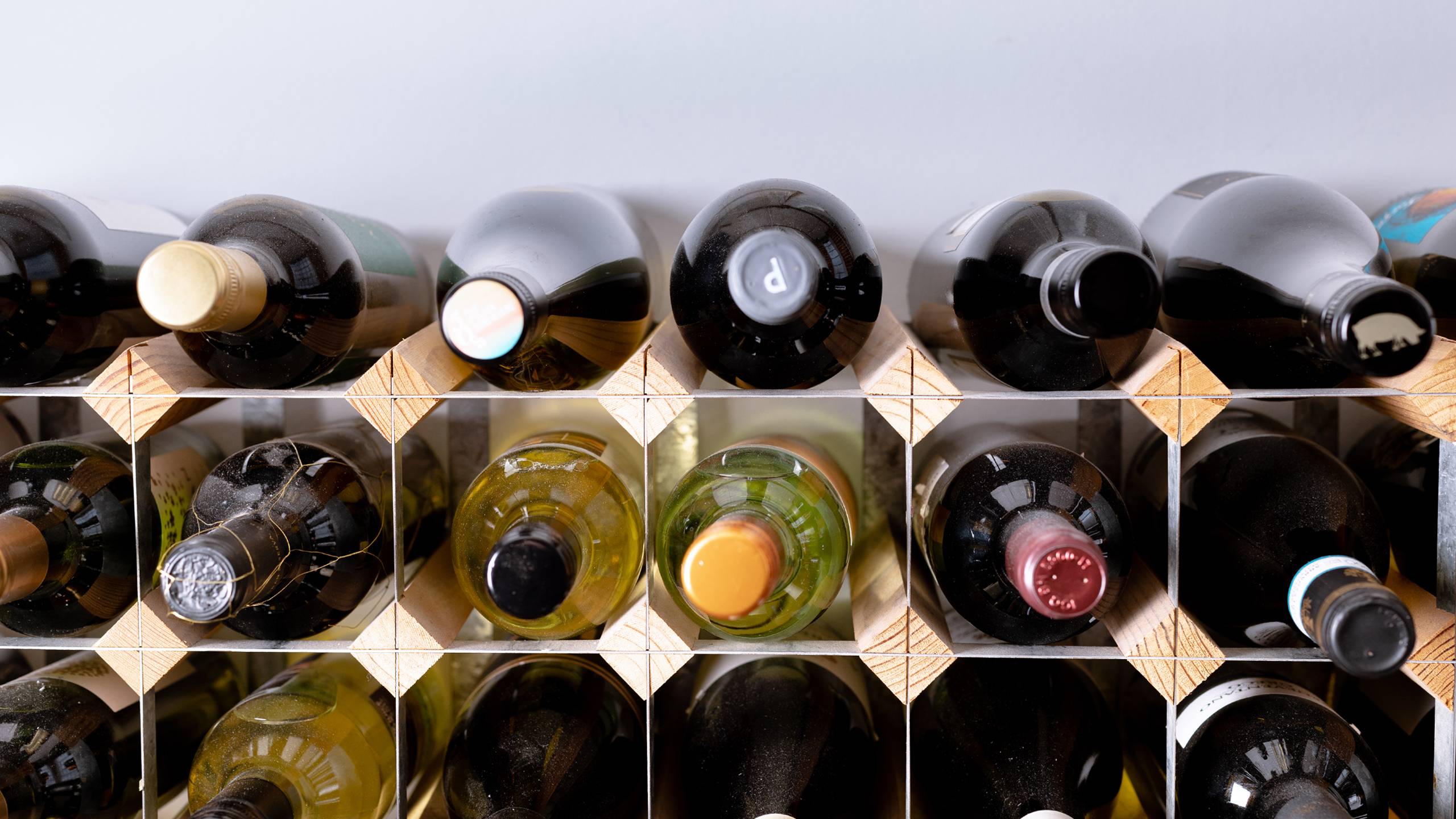
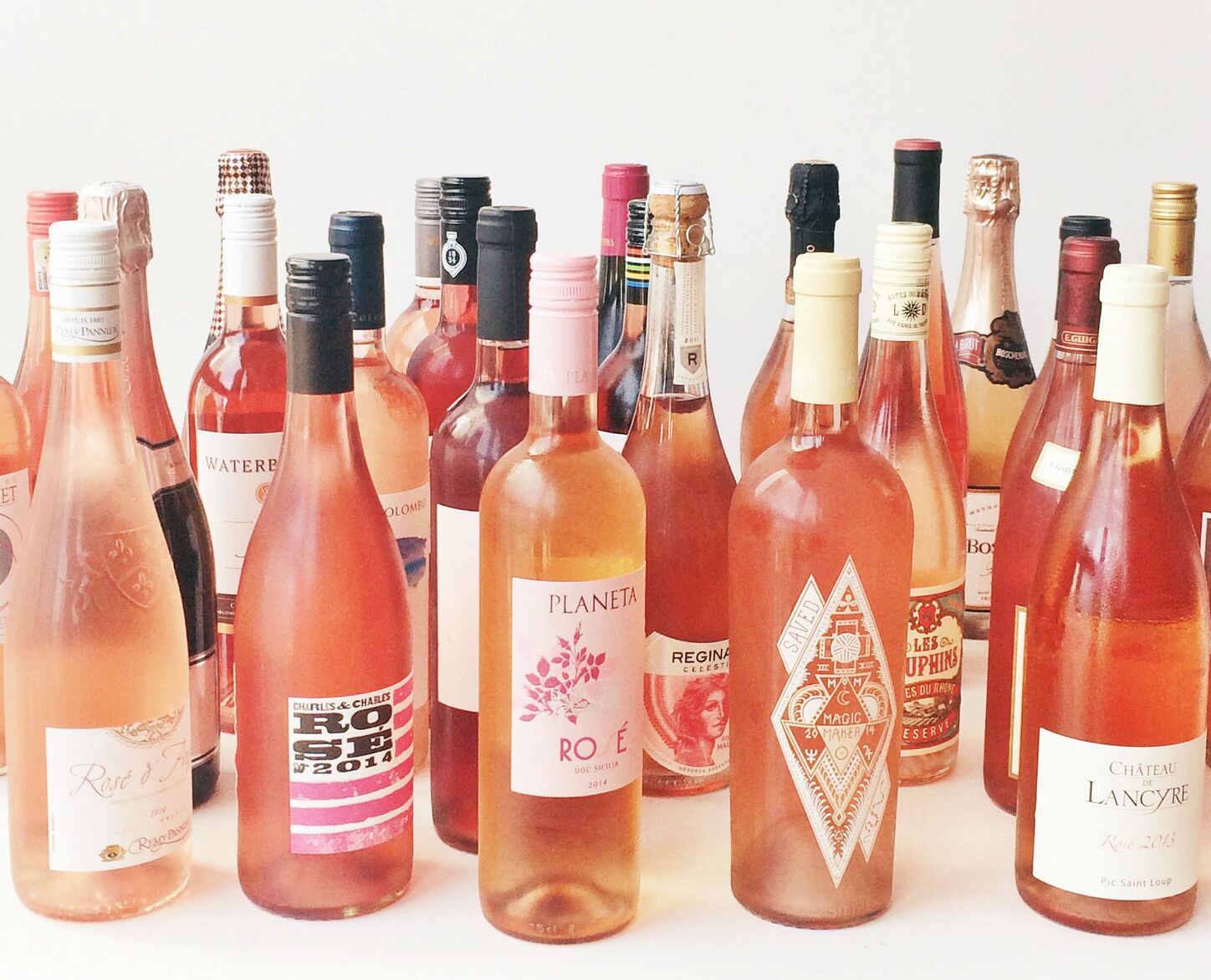
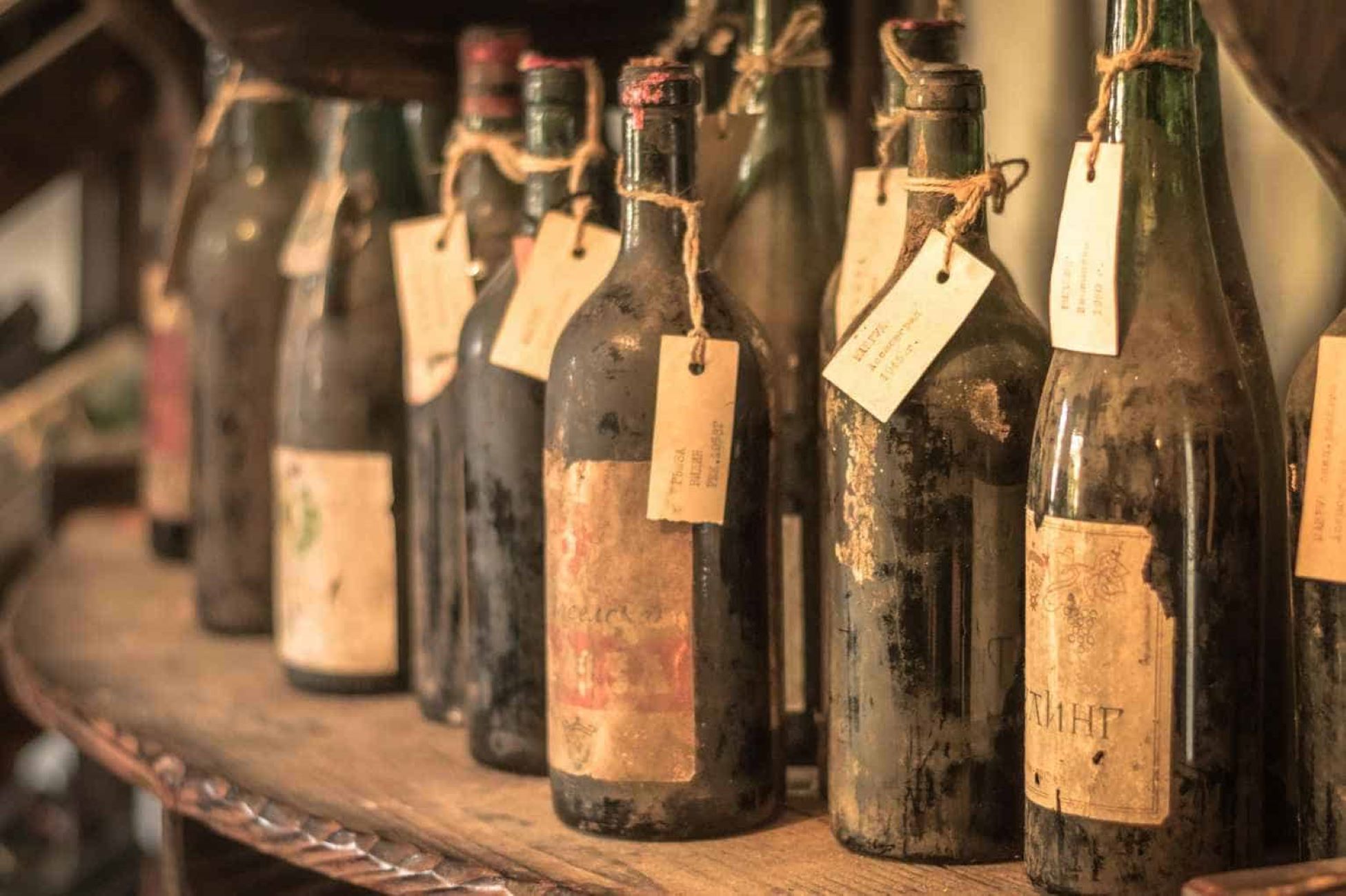
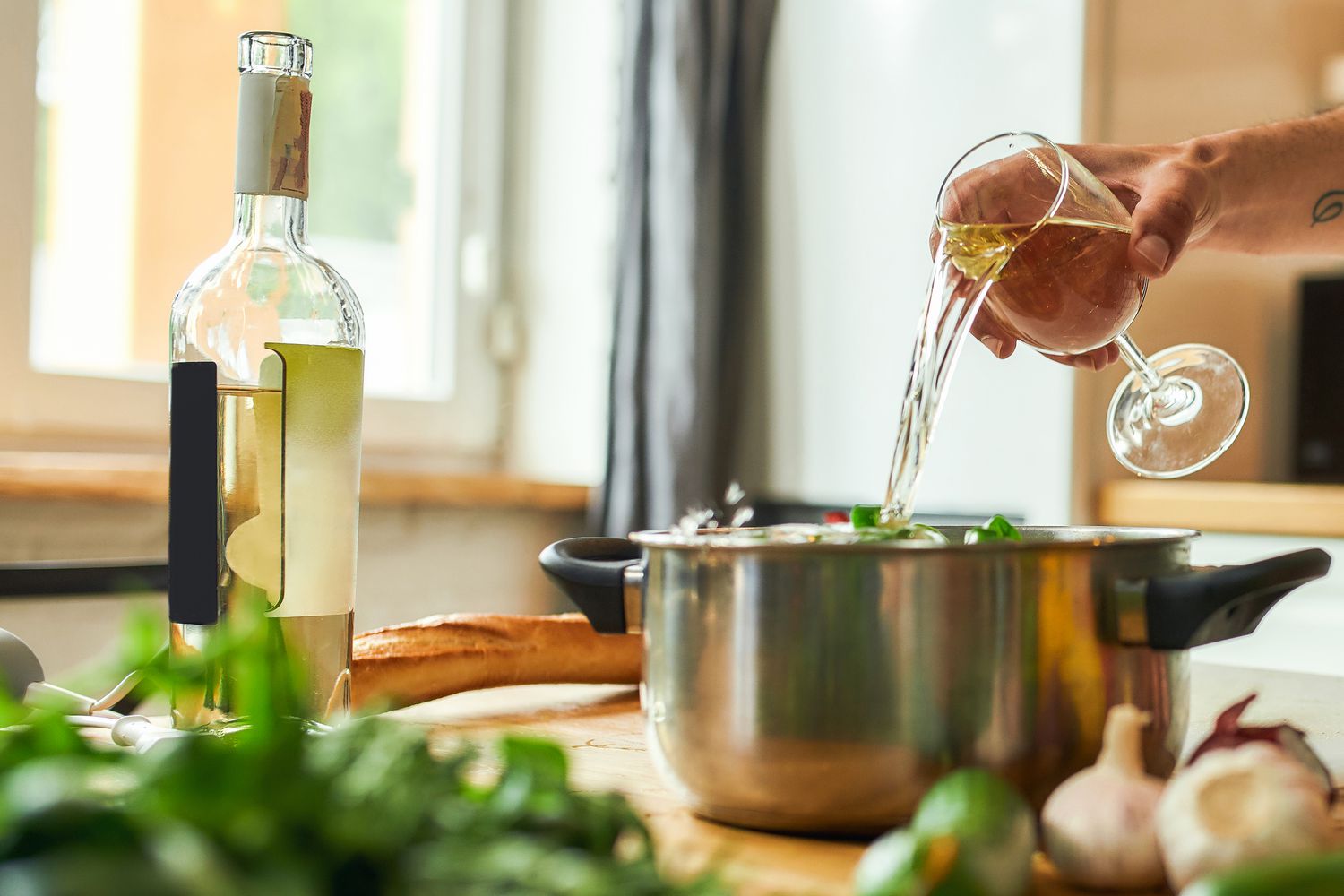
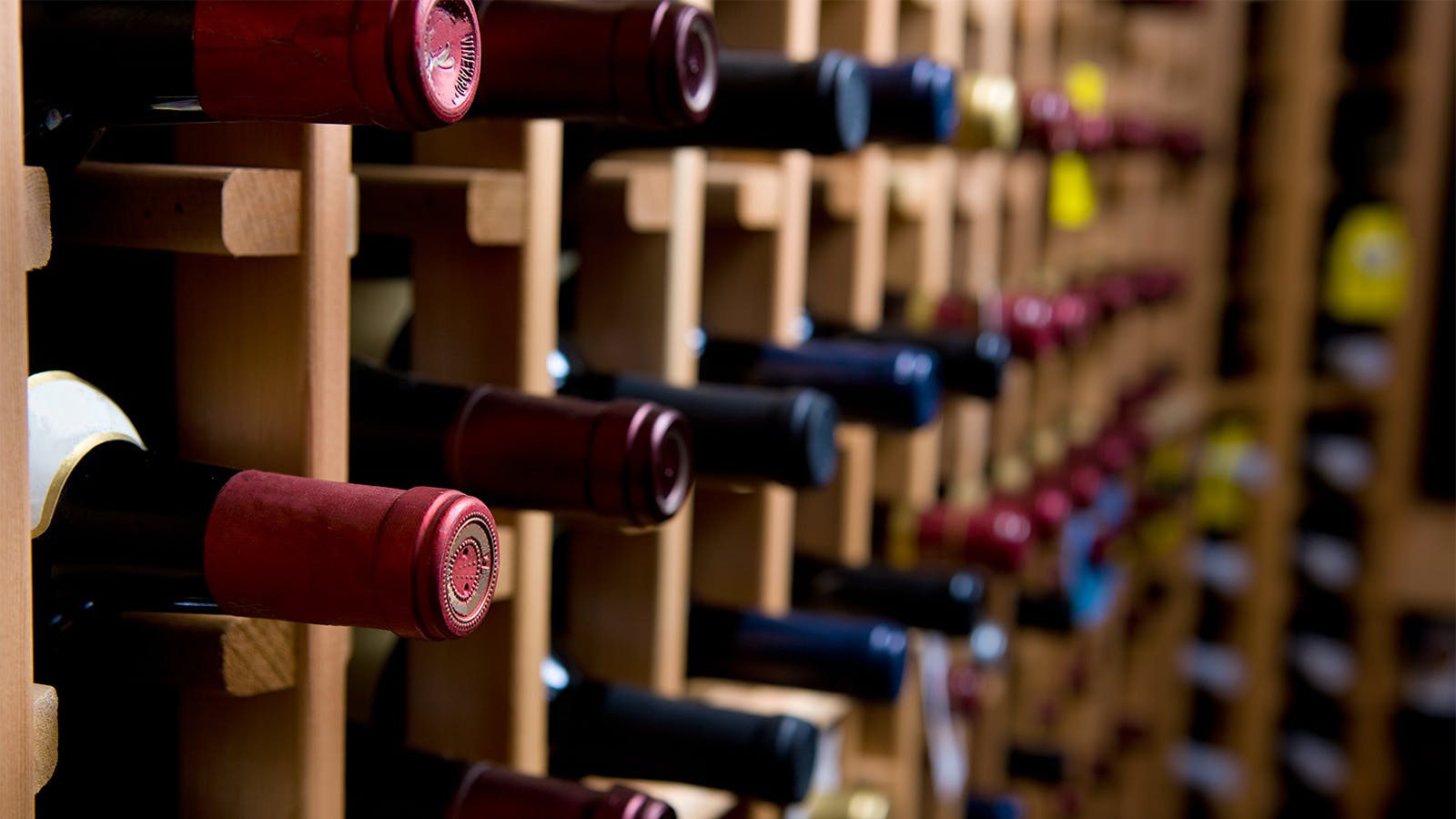

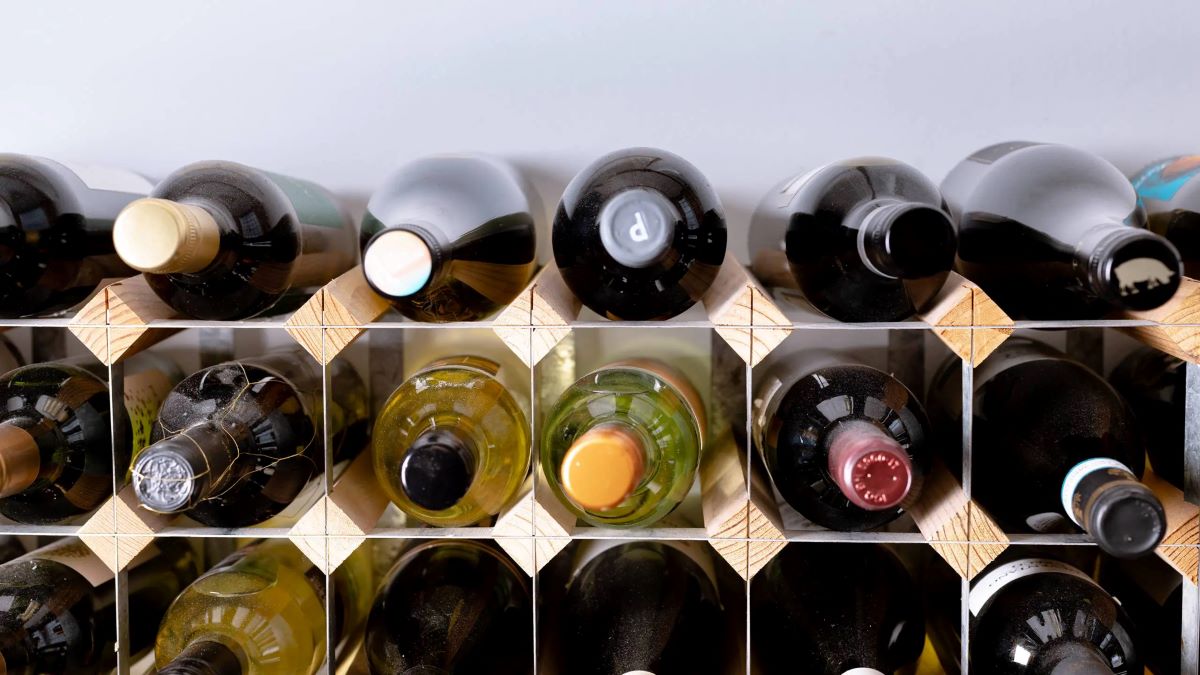
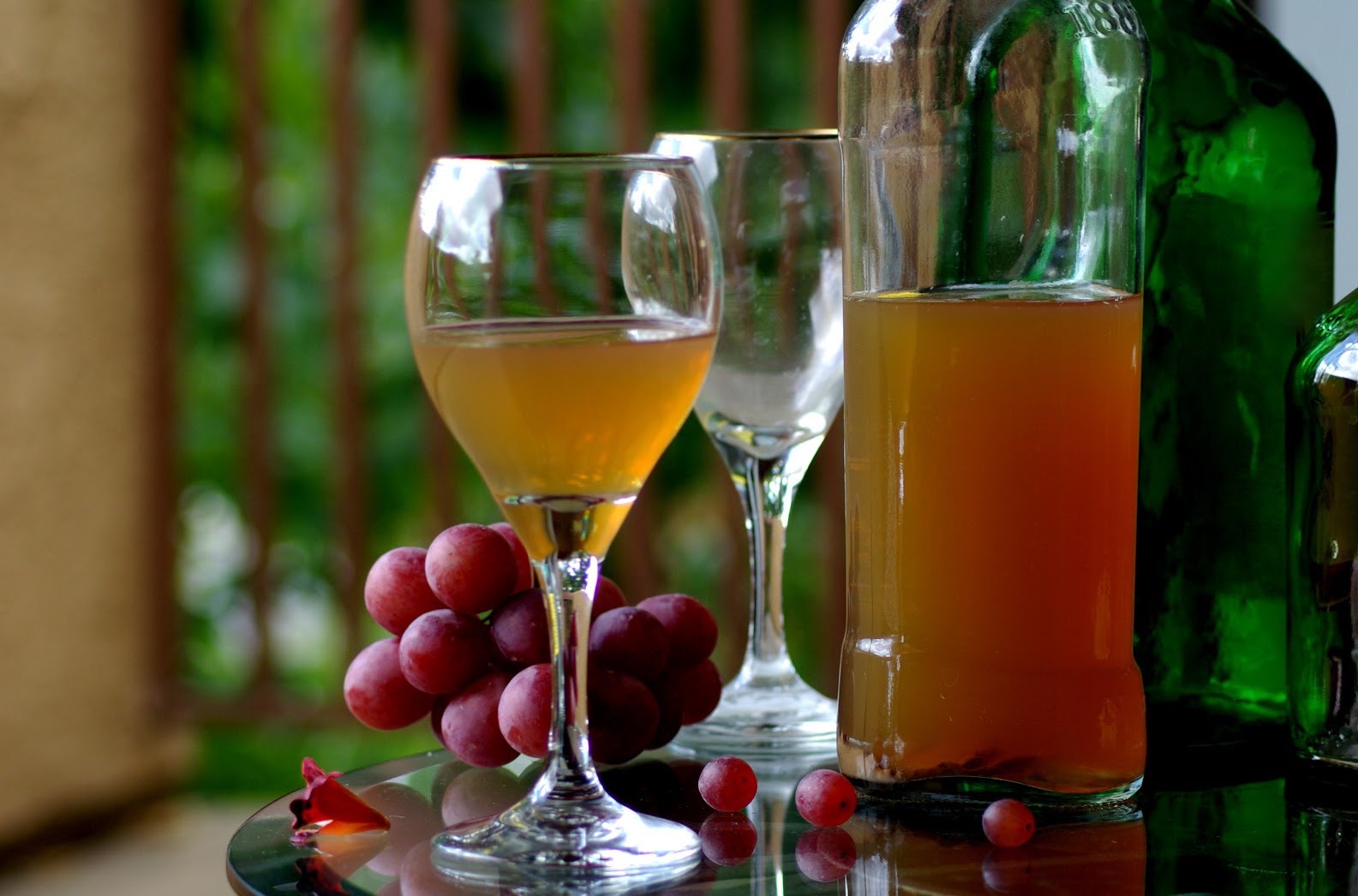
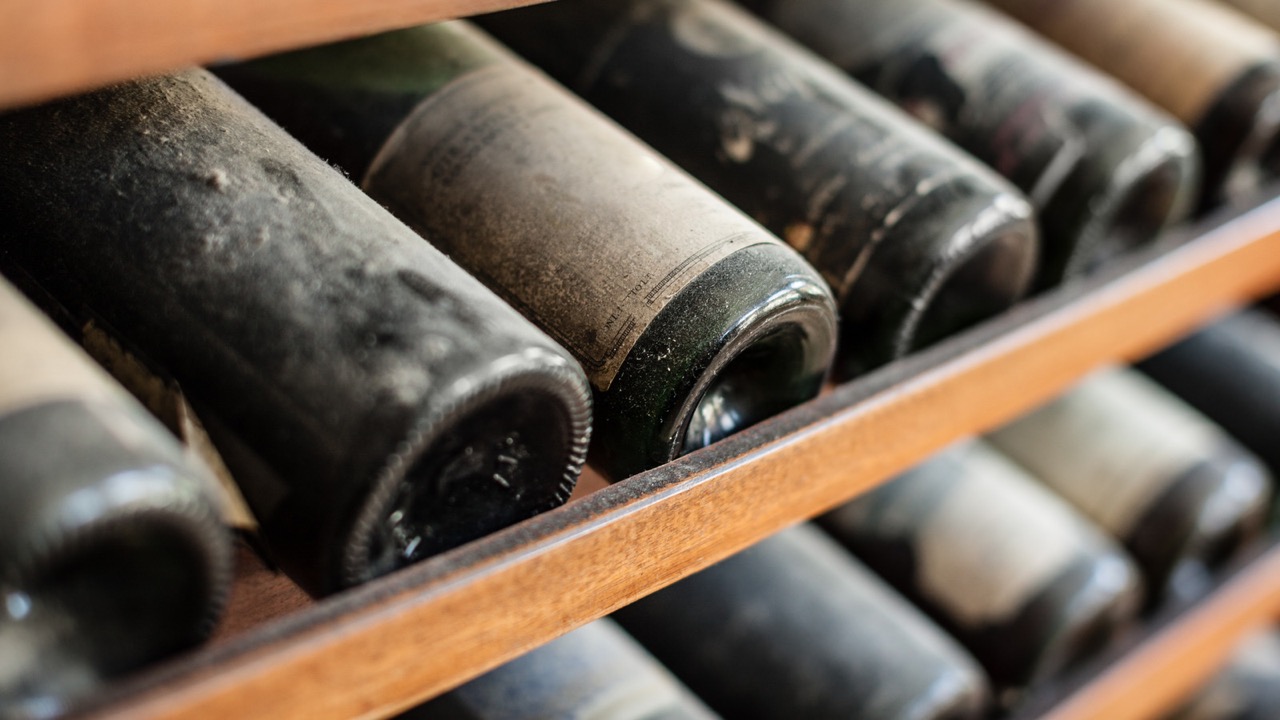
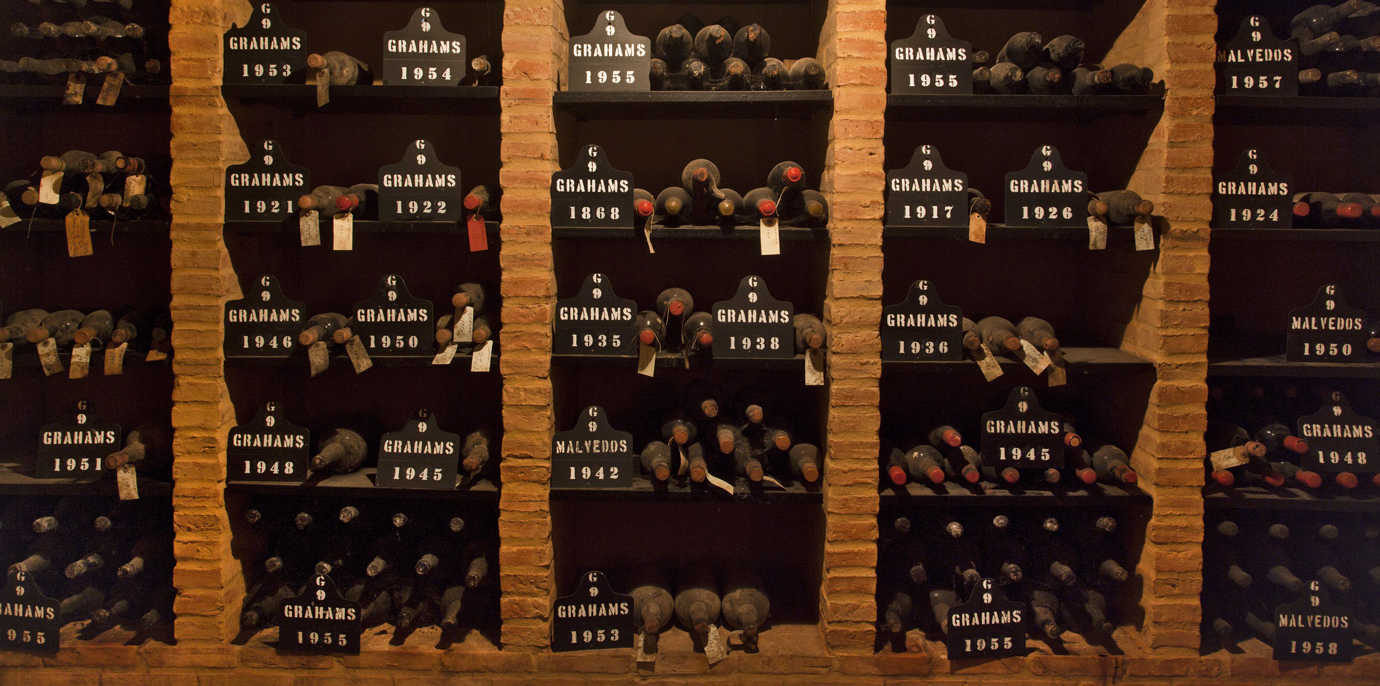

0 thoughts on “How To Store Wine At Home”